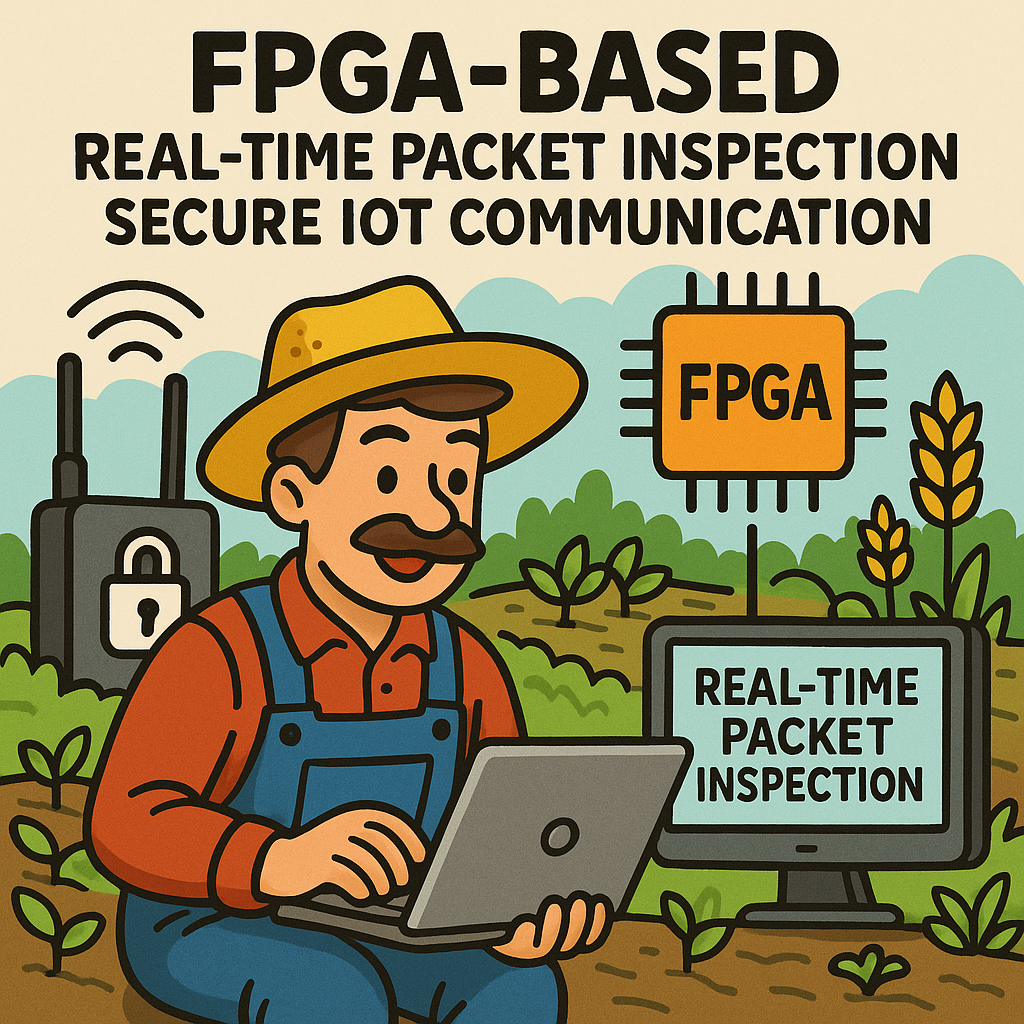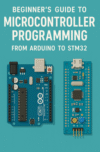Understanding the Need for Real-Time Packet Inspection in IoT Gateways
As smart agriculture systems increasingly rely on IoT devices for monitoring and control, the need for robust and secure communication becomes paramount. In this landscape, FPGA-based real-time packet inspection engines emerge as a crucial component for securing data streams between agricultural devices and the cloud. These engines not only provide security but also help optimize data flow, ensuring that critical information is transmitted without delay.
Challenges in Designing FPGA-based Packet Inspection Engines
Designing an effective packet inspection engine on an FPGA involves several challenges. The first hurdle is the inherent trade-off between processing speed and resource utilization. FPGAs offer parallel processing capabilities that are beneficial for high-speed operations, but this can lead to increased power consumption and complexity in design.
Another challenge lies in the diverse range of IoT protocols used in smart agriculture, such as MQTT, CoAP, and HTTP. Each of these protocols has different header structures and payload formats, requiring the packet inspection engine to be flexible and configurable to adapt to multiple protocols without sacrificing performance.
Firmware and Algorithm Optimization Strategies
To tackle these challenges, implementing a modular firmware architecture is essential. This allows for the integration of different algorithms based on the protocol being inspected. For instance, employing a state machine model can help identify packet types dynamically. A well-structured finite state machine (FSM) can efficiently process packets while maintaining low latency.
Moreover, using hardware description languages (HDLs) like VHDL or Verilog enables engineers to optimize the logic for speed and resource usage. Techniques such as pipelining can boost throughput by allowing multiple instructions to be processed simultaneously. Additionally, leveraging on-chip memory for temporary data storage can significantly reduce access times compared to off-chip memory.
Real-World Design Tradeoffs: Security vs. Performance
In practical applications, one of the most critical design trade-offs is between security and performance. Implementing complex algorithms for deep packet inspection (DPI) can enhance security but may introduce latency that is unacceptable in a real-time environment. To balance these factors, engineers often opt for a hybrid approach that combines lightweight security checks with more comprehensive inspections only for high-risk data streams.
For example, using bloom filters for initial packet classification can quickly filter out benign traffic, thereby reducing the load on more complex inspection algorithms. This strategy allows the engine to focus computational resources where they are most needed, ensuring efficient operation even under heavy load conditions typical in smart agriculture systems.
Importance of Testing and Validation
No design is complete without rigorous testing and validation. Simulation tools like ModelSim or Vivado can be utilized to emulate the FPGA’s behavior under various conditions, helping to identify bottlenecks and vulnerabilities before deployment. Furthermore, conducting real-world stress tests with actual IoT devices can provide invaluable insights into the system’s performance and security posture.
Continuous monitoring post-deployment is also crucial. Implementing telemetry features within the packet inspection engine can provide real-time data on performance metrics, enabling quick identification and resolution of issues as they arise.
Conclusion: The Future of Secure IoT Communication in Agriculture
As the agricultural sector continues to embrace IoT technologies, the role of secure communication gateways becomes increasingly vital. FPGA-based real-time packet inspection engines represent a powerful solution, offering the flexibility, speed, and security necessary to protect sensitive data in smart agriculture systems. By understanding the underlying challenges and judiciously applying optimization techniques, engineers can design robust systems that not only safeguard communication but also enhance the overall efficiency of agricultural operations.



